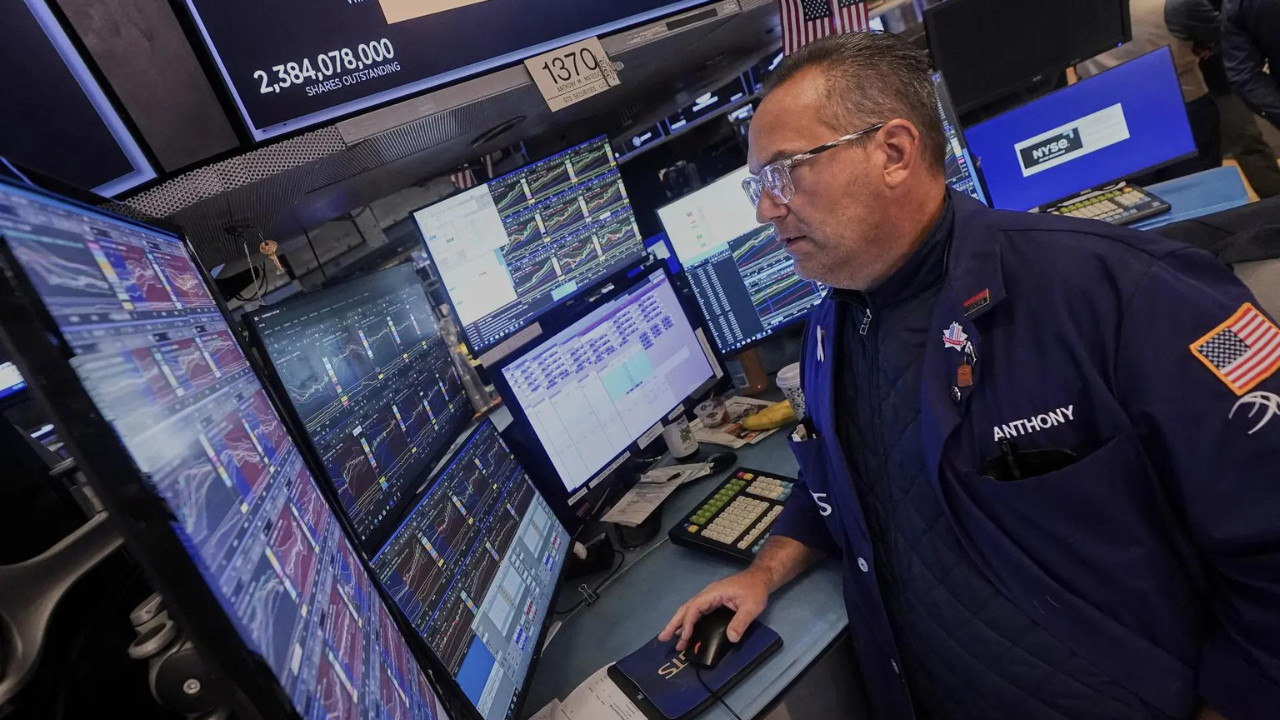Oil prices surged over 2% due to IEA’s report of a potentially tighter global market driven by strong summer demand. Concerns about new US tariffs and potential sanctions on Russia further fueled the price increase. Despite near-term constraints, IEA increased supply growth predictions while reducing demand forecasts, suggesting a possible future surplus.
What’s Driving the Latest Surge in Oil Prices? A Look at Market Dynamics
The world of oil is never quiet, but lately, the hum has been louder than usual. We’re seeing a noticeable jump in prices, and if you’re wondering what’s fueling this, you’re not alone. Brent crude, a global benchmark, just capped off a robust 3% weekly gain, and the overall energy market is buzzing with activity. So, let’s break down the forces at play and see what’s driving this upward trend.
One major factor is a growing sense of a tightening oil market. Several elements are contributing to this, creating a situation where demand might be starting to outstrip supply, or at least the perception of supply. This perception, as we all know, can be just as powerful as reality when it comes to market movements.
Tariffs and Trade: How Politics Affects Your Gas Tank
The U.S. has recently announced new tariffs, and while their direct impact on oil prices might seem peripheral, they are stirring the pot of global trade relations. When trade friction rises, it can lead to uncertainty and disruptions in supply chains. Businesses become hesitant, and this ripples through the entire economy, potentially impacting demand forecasts – and impacting supply and price. It’s a complex web, but it’s important to recognize that seemingly unrelated political decisions can have a tangible effect on commodity markets.
Sanctions and Supply: A Russian Riddle

Then there’s the ongoing saga of sanctions against Russia. These measures, intended to penalize certain actions, are impacting the flow of Russian oil to global markets. While Russia has managed to reroute some of its exports, the sanctions still create friction and add to the overall sense of constrained supply. The global oil market is interconnected, and any disruption to a major player like Russia inevitably sends ripples throughout the system. It’s like squeezing a balloon – pressure in one area forces expansion elsewhere. The question is, how long can that balloon hold?
Global Demand: Are We Using More Oil Than Ever?
Beyond supply concerns, we also need to consider the demand side of the equation. The health of the global economy plays a crucial role in determining how much oil we consume. Strong economic growth typically translates to higher demand for energy, including oil, as businesses expand and consumers travel more. While some regions are experiencing slower growth, others, particularly in Asia, are showing resilience. This mixed picture makes it challenging to predict future demand with certainty, adding another layer of complexity to the market.
The Future of Oil Prices: What to Watch For
Predicting the future of oil prices is a notoriously difficult game, but keeping an eye on a few key indicators can provide valuable insights. Keep a close watch on geopolitical developments, especially those related to trade and sanctions. Monitor economic data from major economies, as this will give you a sense of the overall demand picture. And pay attention to production decisions by major oil-producing countries, as these can have a significant impact on supply.
For instance, understanding how geopolitical tensions impact shipping costs can be crucial for understanding the supply and demand balance. These tensions affect insurance rates, rerouting strategies, and overall transit times for oil tankers.
Understanding these underlying factors will allow you to better understand the market and what drives the cost of gas. If you are concerned about energy independence, consider learning about [solar energy solutions](internal-link-to-solar-energy-page).
Decoding the Price Surge: A Balanced Perspective
The recent jump in oil prices is a result of several converging factors: trade tensions, sanctions on Russia, and uncertainty surrounding global demand. While predicting the future is impossible, monitoring these key indicators will help you stay informed and understand the forces shaping the energy market. The current surge reminds us that oil prices are not simply a reflection of supply and demand; they are a complex interplay of economics, politics, and global events.







